If your dog turns up their nose at mealtime, you’re definitely not alone—picky eaters are more common than you’d think. Luckily, there are natural ways to encourage their appetite without reaching for processed additives. From savory bone broth to a sprinkle of omega-rich fish oil, simple additions can make a big difference. Even warming up their food or adding a spoonful of pumpkin can get tails wagging again. These gentle, wholesome boosters can help make mealtime exciting (and nutritious) for even the fussiest pups.
Warm Bone Broth: The Comforting Elixir

Bone broth isn’t just a trendy health fad for humans—it’s a time-honored remedy that works wonders for dogs, too. Warm, savory, and rich in aroma, bone broth can entice even the pickiest eaters. Its steamy scent wafts through the air, grabbing your dog’s attention before the first lap. Bone broth is packed with nutrients like collagen, amino acids, and minerals, supporting joint health and digestion. Simply pour a small amount over your dog’s regular food and watch their curiosity grow. Not only does it make kibble tastier, but it also adds moisture, which is perfect for dogs who aren’t big drinkers. Think of it like chicken soup for the canine soul—a warm hug in a bowl that no dog can resist.
Freshly Cooked Chicken: A Classic Temptation

Ask any dog owner what their pup goes crazy for, and chances are the answer is chicken. Lightly cooked, shredded chicken breast is a gentle protein source that’s easy on sensitive stomachs and bursting with flavor. Sprinkling a small handful of warm, juicy chicken over your dog’s meal can make all the difference. The aroma alone is often enough to perk up droopy ears and wagging tails. Chicken is low in fat, rich in essential amino acids, and free from artificial additives. Just be sure to remove any bones and skin—safety first! This simple trick is like waving a magic wand over your dog’s dinner, turning the ordinary into the extraordinary.
Sprinkle of Parmesan Cheese: Irresistible Aroma
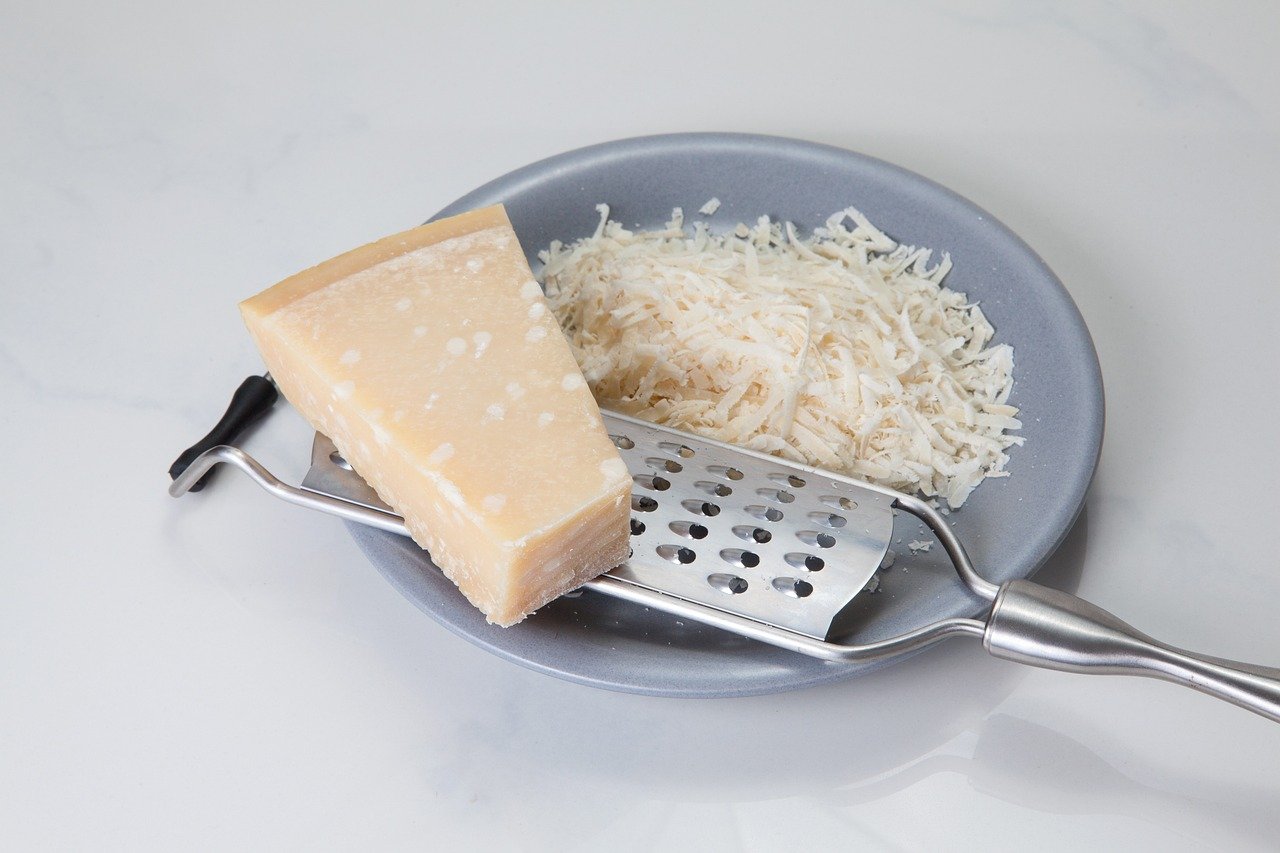
Who can resist the nutty, salty scent of Parmesan cheese? Dogs certainly can’t! A light dusting of this flavorful cheese over your dog’s food can spark instant interest. Parmesan is strong-smelling, which is key for dogs who rely on their noses to judge a meal. Even fussy eaters often can’t say no to the allure. While you don’t want to overdo it (a little goes a long way), Parmesan adds a burst of flavor and excitement to otherwise bland food. It’s like adding a pinch of magic dust that transforms dull kibble into a gourmet treat. Just remember, moderation is important—think of Parmesan as a special reward, not a main ingredient.
Healthy Fish Oil: Tasty and Nutritious

Fish oil isn’t just good for a shiny coat—it’s a natural flavor enhancer, too. Adding a teaspoon of high-quality salmon or sardine oil to your dog’s meal can make the food more appealing. The rich, savory aroma can wake up a sleepy appetite in seconds. Fish oil is packed with omega-3 fatty acids, supporting brain, heart, and skin health. It’s especially helpful for older dogs or those with dry, flaky skin. Plus, its taste is loved by most dogs, even the fussiest ones. Drizzle a little over your pup’s food and watch them come running—sometimes, all it takes is a whiff of something new and exciting to spark their hunger.
Pumpkin Puree: Sweet and Soothing
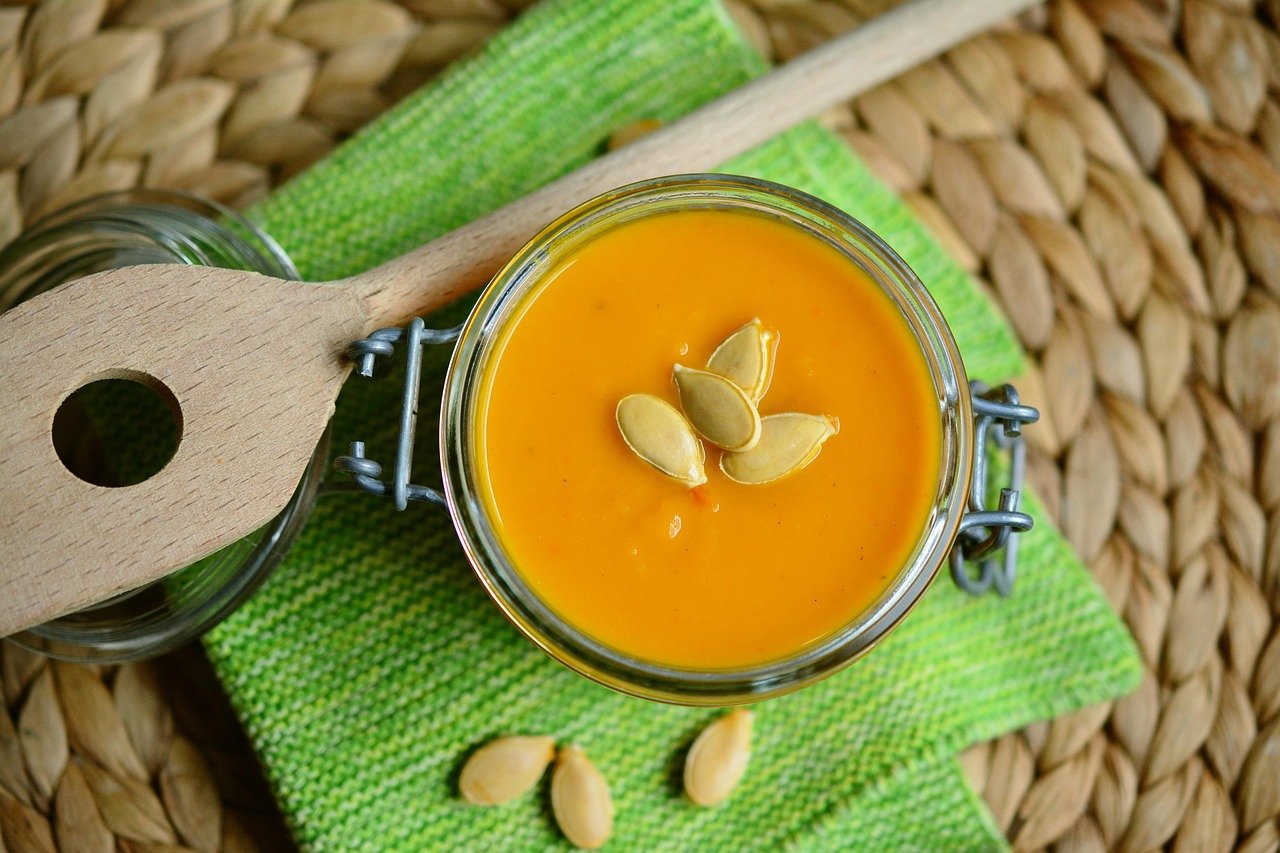
Pumpkin isn’t just for autumn pies—it’s a doggie superfood! Pure, plain pumpkin puree (not the pie filling) has a gentle sweetness and smooth texture that many dogs adore. It’s full of fiber, vitamins, and moisture, which can soothe sensitive stomachs and help with digestion. Mixing a spoonful into your dog’s food adds both flavor and nutrition, making it especially useful for picky eaters. The natural sugars in pumpkin are mild and appealing, while its bright color can even make the meal look more appetizing. Pumpkin is like a cozy, comforting treat that’s both tasty and good for your dog’s tummy.
Fresh Herbs: Nature’s Flavor Boosters
Don’t underestimate the power of fresh herbs! Parsley, basil, and dill are safe choices that can add a burst of fragrance and taste to your dog’s food. Chopped finely and sprinkled on top, these herbs offer a new sensory experience, waking up your dog’s curiosity. Herbs aren’t just for flavor—they also provide vitamins and antioxidants that support overall health. For example, parsley is known for freshening breath, while basil has anti-inflammatory properties. Adding a touch of green is like giving your dog a mini salad bar experience, full of variety and excitement. Always use herbs in moderation and avoid anything toxic like onions or garlic.
Goat’s Milk: The Gut-Friendly Treat
Goat’s milk is a gentle, nutritious treat that’s easier to digest than cow’s milk for most dogs. Rich in probiotics and enzymes, it can help soothe upset stomachs and support healthy digestion. Many dogs find its mild, creamy taste irresistible. Pour a splash over your dog’s food or serve it as a small side treat. Goat’s milk is especially helpful for dogs recovering from illness or those who need a little extra encouragement at mealtime. It’s like a comforting, nurturing boost that whispers, “It’s okay, you can eat now.” Just be sure to choose plain, unsweetened goat’s milk, and introduce it slowly to watch for any intolerance.
Eggs: Protein-Packed Powerhouses
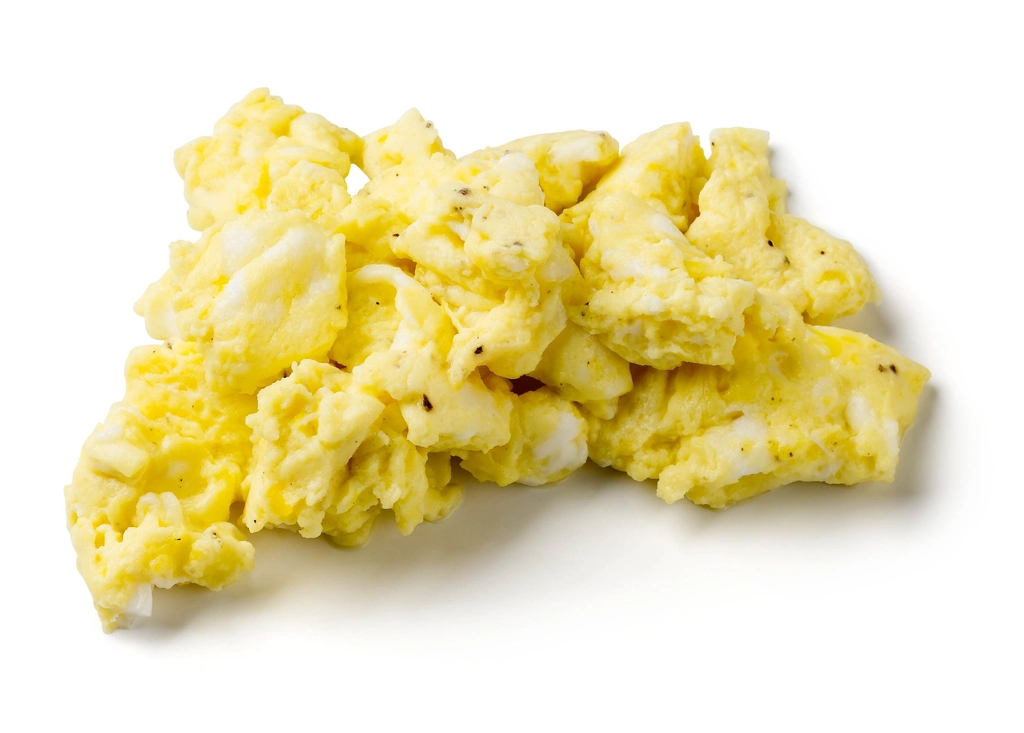
Eggs are nature’s perfect package—full of protein, vitamins, and minerals. Lightly scrambled or hard-boiled eggs can make any meal more tempting. The soft texture and rich taste appeal to many dogs, even those who turn up their noses at kibble. Eggs are gentle on the stomach and easy to mix into other foods. They’re also incredibly versatile, making them a great option for rotating in as an occasional treat. Just be sure to cook eggs thoroughly to avoid any risk of salmonella, and leave out any added salt or seasoning. A little egg can go a long way in making your pup’s meal more exciting!
Sweet Potato: The Colorful Comfort Food
Sweet potato is a colorful, naturally sweet option that many dogs love. Roasted or steamed and then mashed, sweet potato can be mixed with your dog’s regular food to enhance both flavor and texture. It’s loaded with fiber, vitamins A and C, and antioxidants, supporting everything from eyesight to immune health. The soft, creamy consistency is easy for dogs to eat, especially seniors or those with dental issues. Sweet potato’s natural sugars are mild and appealing, making it a gentle way to entice a reluctant eater. Think of it as the dog version of comfort food—warm, sweet, and satisfying.
Plain Yogurt: Tangy and Tummy-Friendly
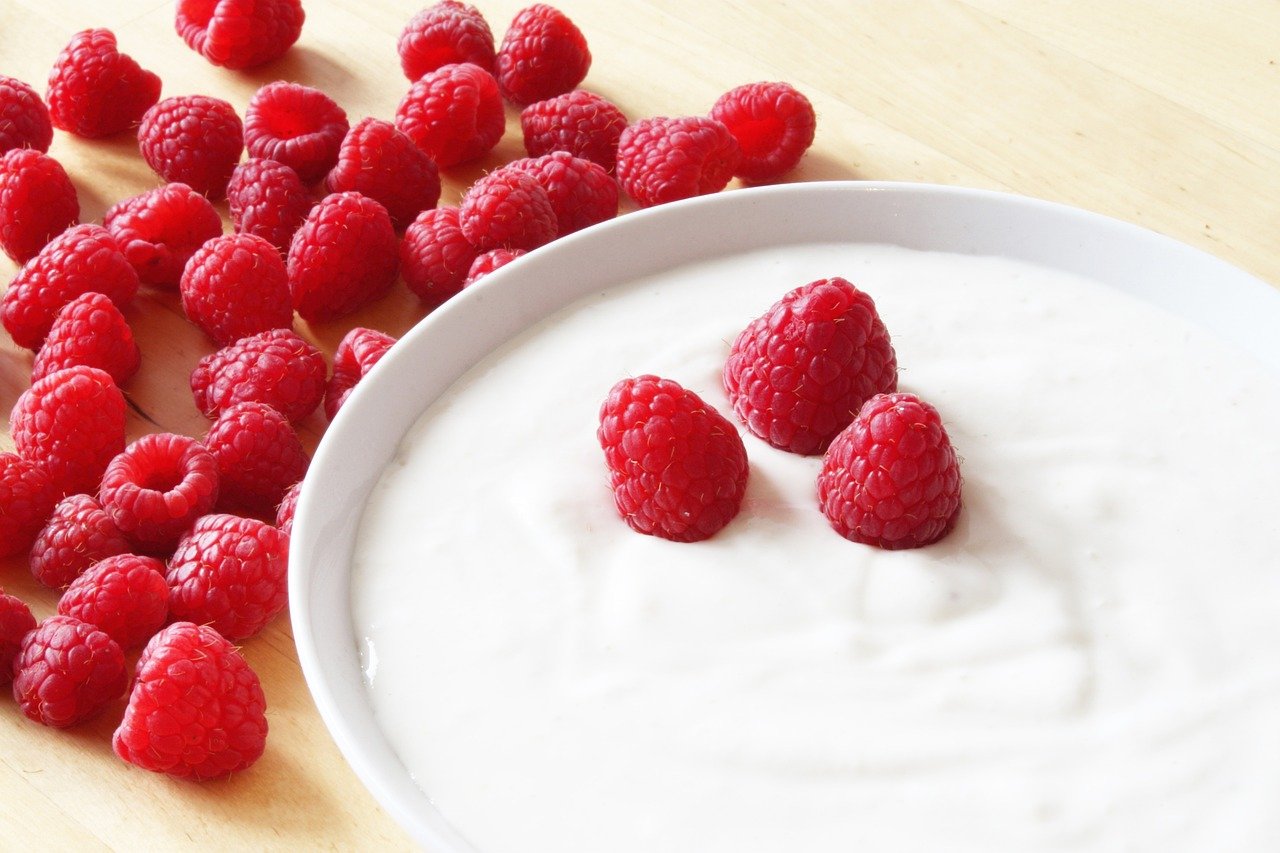
Plain, unsweetened yogurt is a tangy treat that can help boost your dog’s appetite and support gut health. It’s full of probiotics, which aid digestion and can soothe upset tummies. Many dogs love the creamy texture and slightly sour taste. Mixing a spoonful into dry food can make it more palatable and interesting. Yogurt is especially useful for dogs on antibiotics or those recovering from illness. Just be sure to use plain yogurt without added sugar or artificial sweeteners, which can be harmful. Like a cool, creamy dessert, yogurt often turns a boring meal into something worth licking the bowl for.
Fresh Fruit: A Burst of Natural Sweetness
Many dogs enjoy a touch of natural sweetness in their meals. Fresh fruits like blueberries, apple slices (without seeds), or melon chunks can be mixed in for variety. These fruits are rich in antioxidants, vitamins, and hydration. The different textures and flavors add excitement for curious eaters. Offering fruit as a topper or snack can make mealtimes more interesting, especially for dogs who love to explore with their noses. Always introduce new fruits slowly and avoid anything toxic like grapes or raisins. A little fruit is like a surprise gift in your dog’s dinner—a tasty twist that keeps them guessing.
Coconut Oil: Fragrant and Flavorful
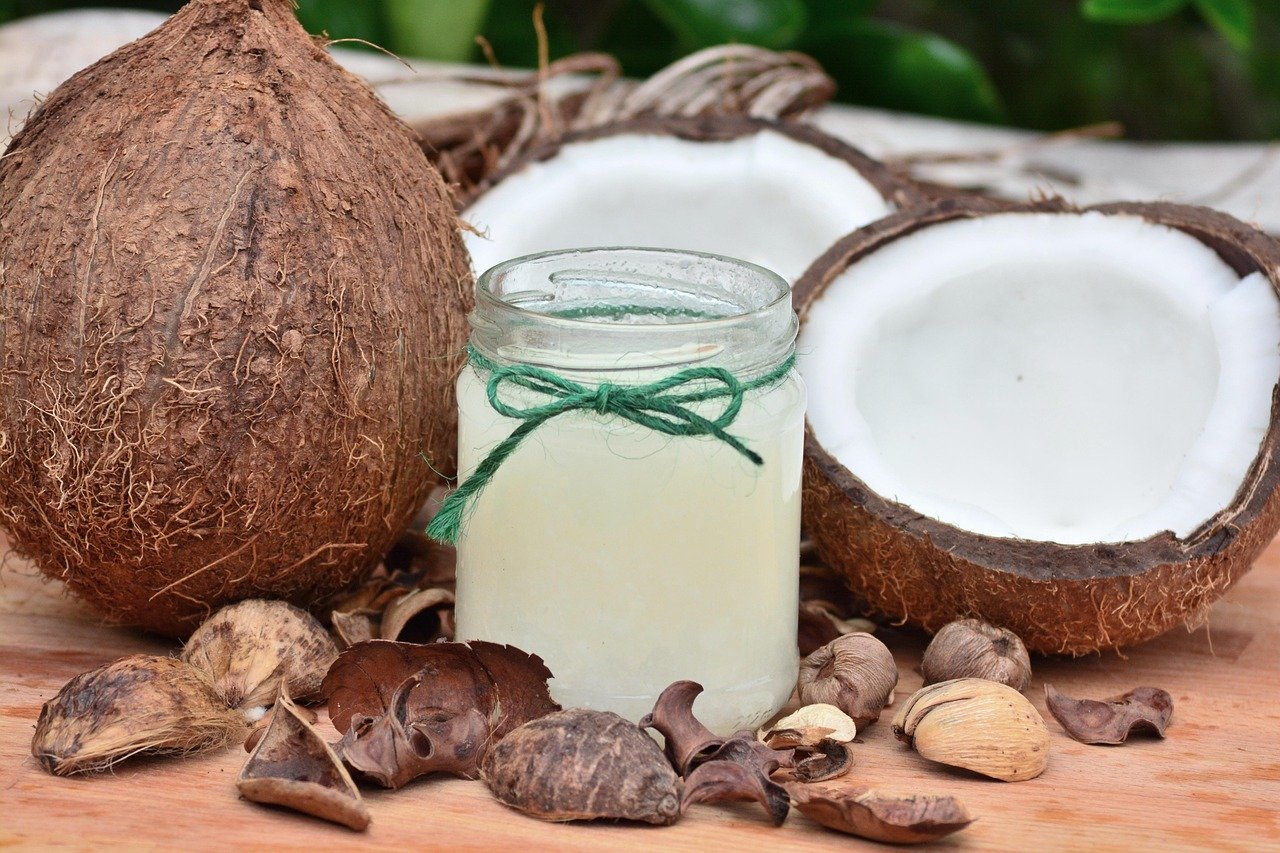
Coconut oil is more than just a trendy health food—it’s a natural appetite booster that many dogs find irresistible. The sweet, nutty aroma can encourage even hesitant eaters to dive in. Coconut oil is packed with healthy fats that support skin, coat, and brain health. Adding a small spoonful to your dog’s food can make it more appealing and provide a glossy finish to their coat. It’s especially useful for dogs with dry skin or allergies. Just remember, a little goes a long way—start with a small amount and see how your dog responds. Coconut oil is like a secret ingredient that brings out the best in every meal.
Conclusion: Routine and Positive Mealtime Atmosphere

Sometimes, the best appetite booster isn’t found in the pantry—it’s found in the environment. Dogs thrive on routine and positive energy. Creating a calm, predictable mealtime schedule can help encourage eating. Avoid hovering or showing stress, as dogs sense our emotions and can become anxious too. Serve meals in a quiet spot, away from distractions, and keep to a set routine. Offering praise and gentle encouragement, without pressure, can help build positive associations with food. For fussy eaters, sometimes a peaceful atmosphere is the missing ingredient. A happy, relaxed mealtime can turn the pickiest dog into a contented one.
Helping a fussy dog rediscover their appetite doesn’t have to be stressful—or artificial. With a few natural, tasty tweaks, you can turn mealtime into something they actually look forward to. It’s all about finding what works for your pup’s preferences and sticking with healthy, gentle options. A happy, well-fed dog is a healthy one—and those tail wags at dinner are totally worth it.
Jen is a passionate nature lover and ocean conservationist. She has dedicated her life to protecting the environment and preserving the beauty of the natural world. Growing up in a small coastal town, Jen sincerely appreciated the ocean and its inhabitants. She has spent countless hours exploring the shoreline, learning about the creatures that inhabit the waters, and advocating for their protection. Jen is an active member of ocean conservation organizations, and she is committed to educating the public about the importance of conserving wildlife and the natural environment.





